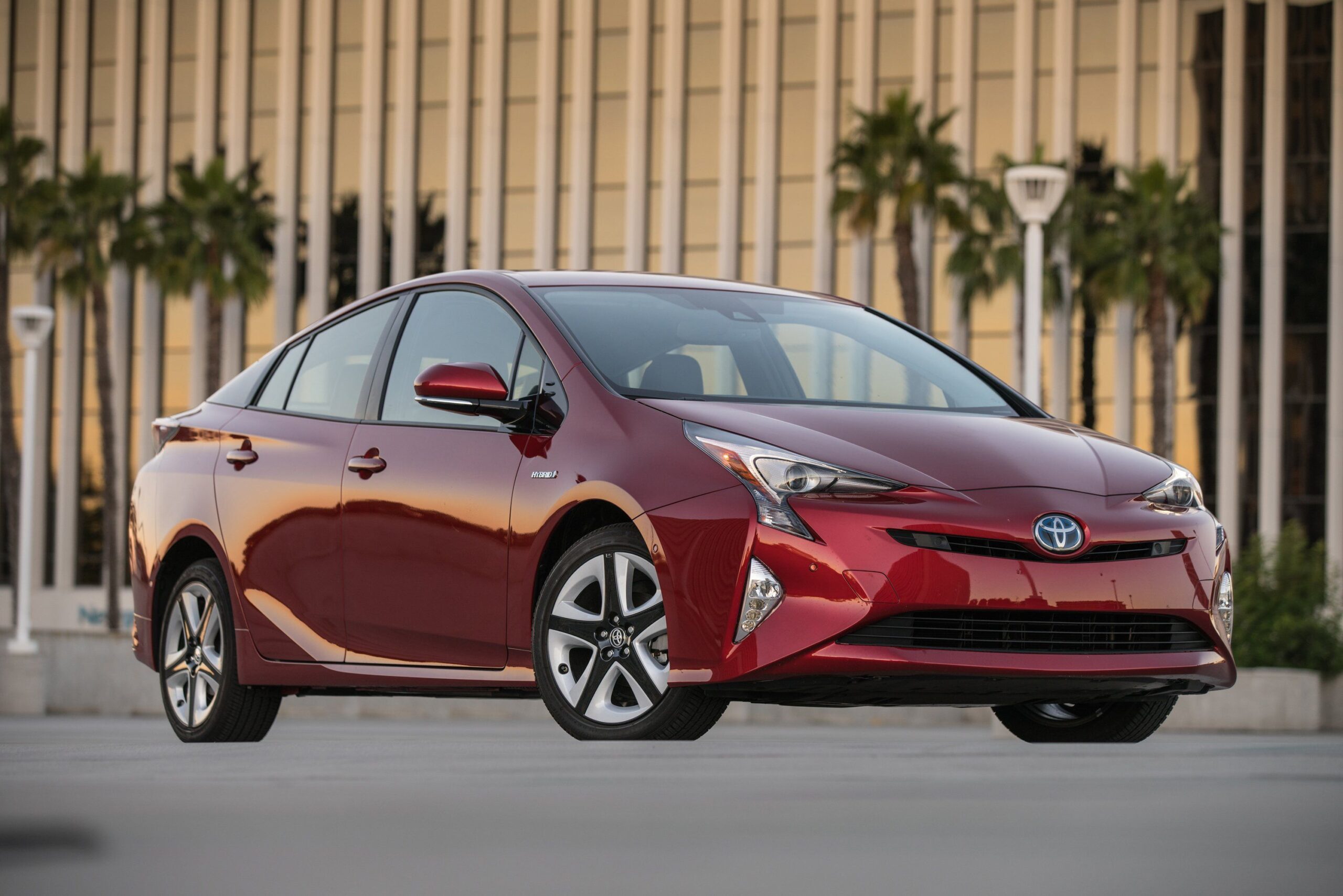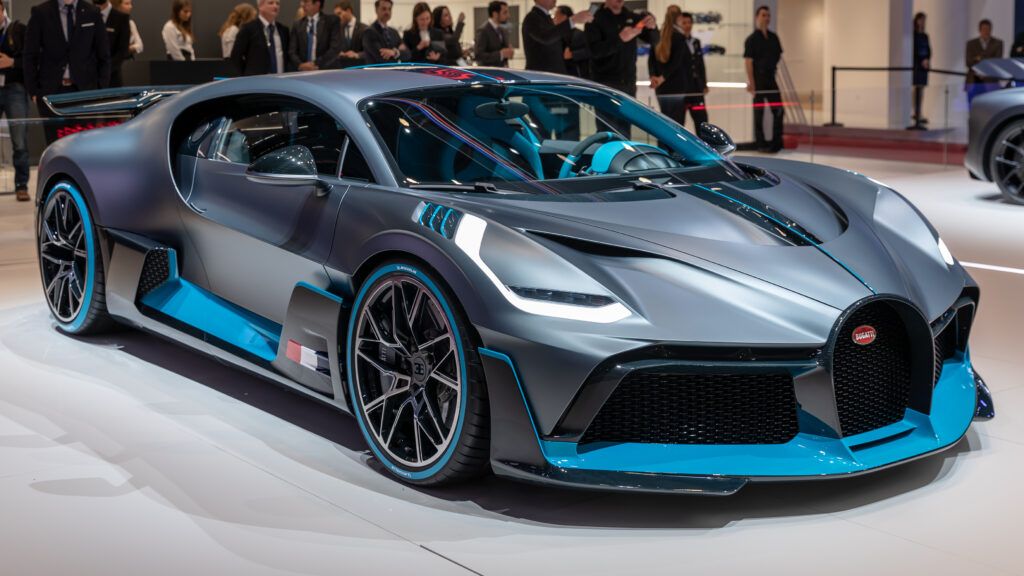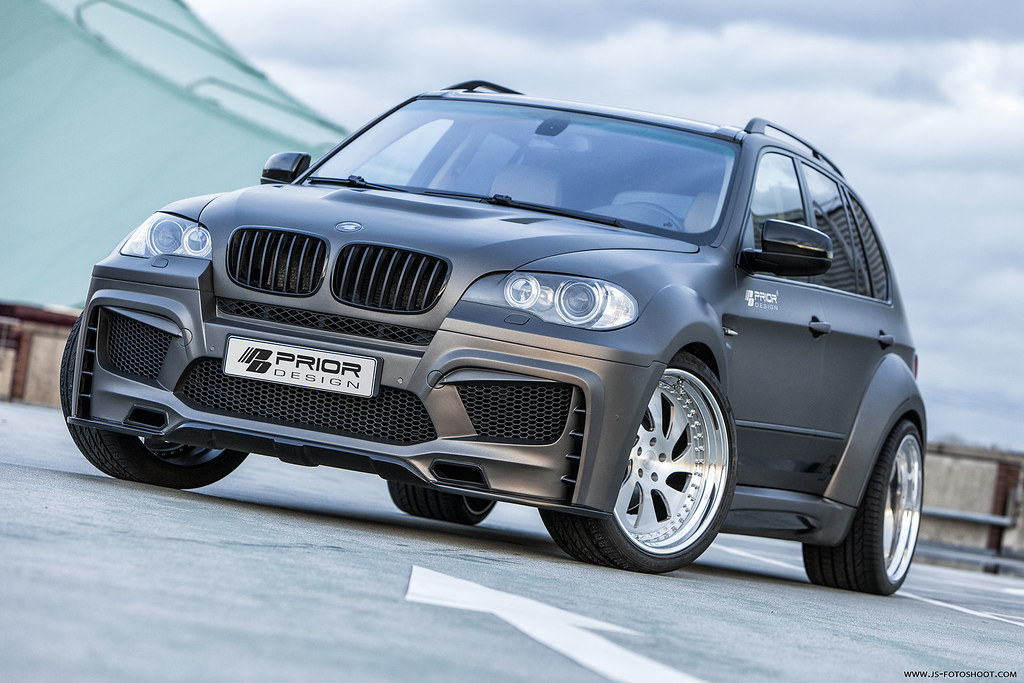
The automotive landscape in the United States has undergone a profound transformation over the past two decades, challenging long-held assumptions about consumer preferences and vehicle design. Sedans, once the undisputed backbone of family transportation and personal commuting, have witnessed a dramatic and consistent decline in market share. This shift is not merely a passing trend but represents a deep-seated evolution in driver needs, technological expectations, and economic realities.
The question of whether “sedans are dying” is now a regular fixture in automotive discourse, and while the answer is nuanced, the trajectory of sales figures provides a clear indication of a segment under immense pressure. Trucks and SUVs now dominate dealership lots and roadways, making up over 75% of all new vehicle sales in the U.S. in recent years, a stark contrast to their diminishing sedan counterparts. Understanding this pivotal transition requires a comprehensive look at the multifaceted factors driving American drivers away from traditional sedans.
This in-depth analysis will meticulously explore the underlying reasons behind this seismic shift, examining the interplay of generational buying habits, the inherent advantages offered by SUVs and crossovers, the pervasive influence of advanced in-car technology, and the evolving calculus of safety and performance. By dissecting these core elements, we aim to provide clarity on why a vehicle type that once defined American mobility now finds itself at a critical crossroads, struggling to compete with the commanding presence and versatile capabilities of larger alternatives.
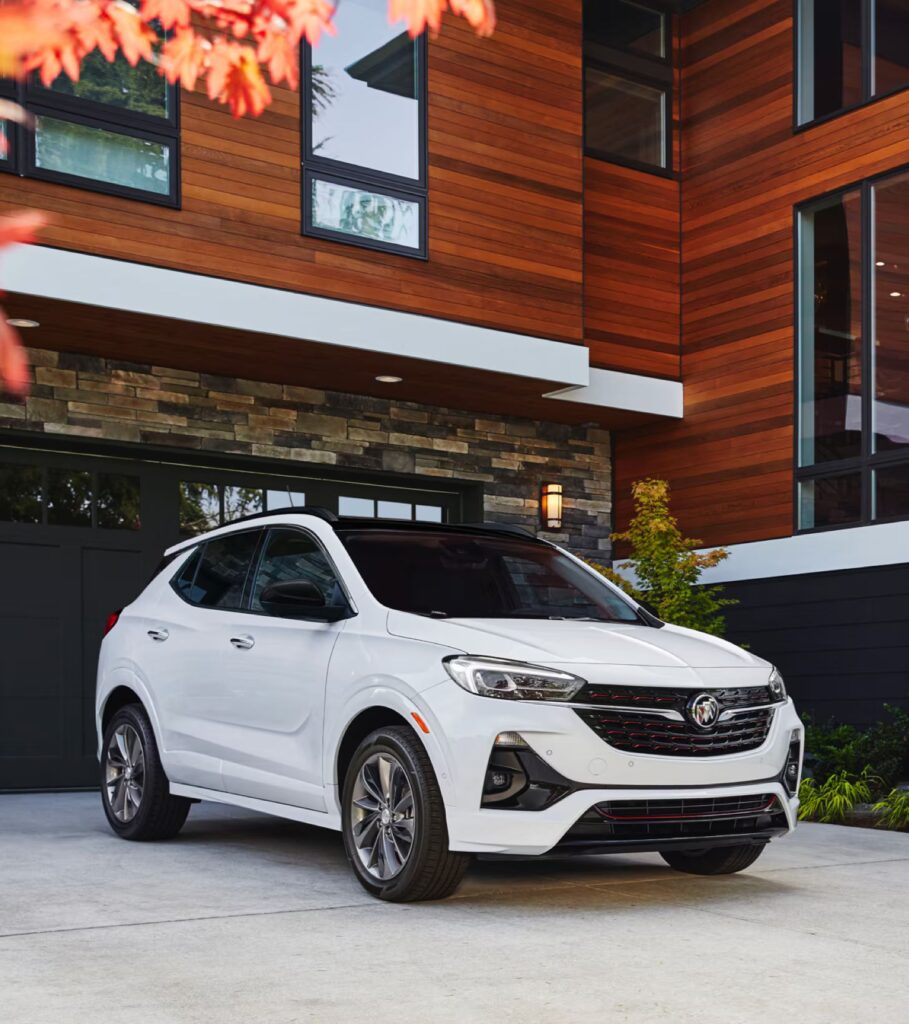
1. **Generational Shifts in Car Buying Habits**
Car buying habits in the United States have experienced a significant generational transformation, profoundly influencing the decline of sedans. Factors such as age, evolving lifestyle requirements, and changing consumer expectations collectively contribute to this shift in preferences. An examination of these generational differences reveals distinct reasons why sedans are progressively losing market share to SUVs and crossovers.
Older generations traditionally favored sedans, often due to their ease of entry and exit. The lower ground clearance of sedans allows passengers to embark and disembark without the need to step up too high, a feature particularly beneficial for older individuals who may experience mobility challenges or find it difficult to ascend into taller vehicles. This pragmatic consideration has historically made sedans a practical choice for a specific demographic seeking comfortable accessibility.
Conversely, younger buyers exhibit a strong inclination towards SUVs and crossovers over conventional sedans. This preference is rooted in the practicality and spaciousness these larger vehicles provide, which align seamlessly with active, contemporary lifestyles. SUVs and crossovers offer generous space for transporting diverse items, from sports equipment and camping gear to everyday essentials, making them highly suitable for a dynamic demographic.
Many SUVs and crossovers are also equipped with off-road capabilities, appealing directly to younger adventurers who engage in activities such as hiking and camping. This combination of utility and adventurous potential has contributed to these vehicles being perceived as more stylish and attractive to a significant segment of younger generations. Consequently, the differing priorities across age groups have played a substantial role in the dwindling appeal of sedans.
Read more about: The Shifting Tides of Automotive Commerce: Unpacking Why More Shoppers Are Opting for Secondhand Vehicles in 2025
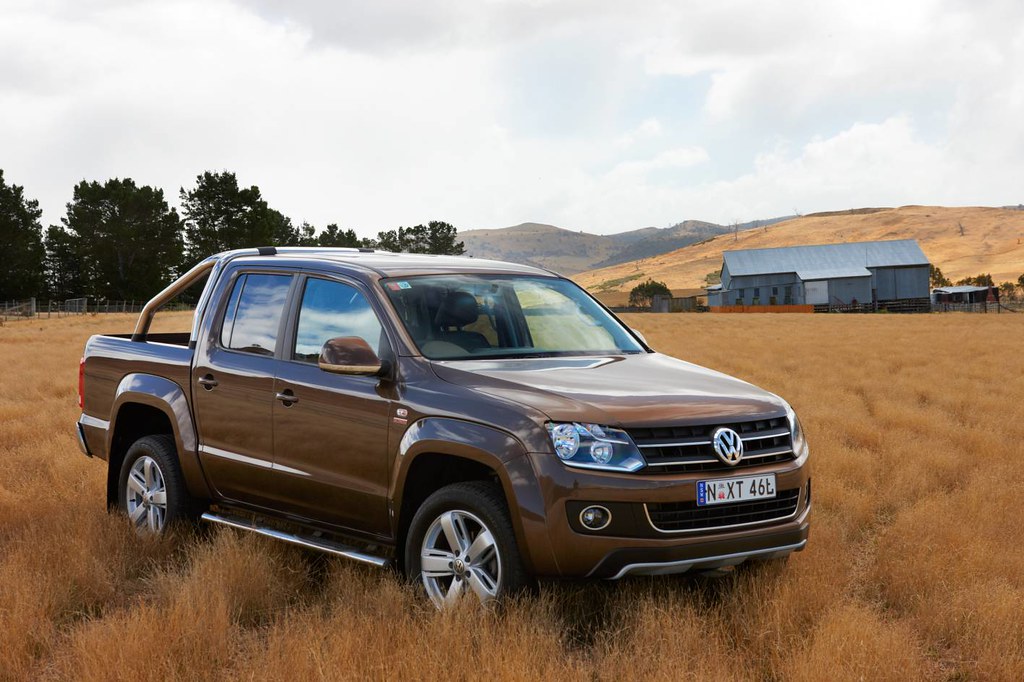
2. **The Rise of SUVs and Crossovers**
The past decade has been marked by an extraordinary surge in SUV and crossover sales, directly correlating with the pronounced decline in sedan popularity. This ascendant trend is not an isolated phenomenon but rather the culmination of shifting consumer tastes, evolving expectations, and changing lifestyles that have fundamentally reshaped the automotive market. The omnipresence of SUVs and crossovers on American roads today is a testament to this profound reorientation.
The continuous growth in the presence of these larger vehicles signifies a broad adaptation by car manufacturers to meet burgeoning consumer demand. With their elevated stature, bold styling, and perceived ruggedness, SUVs and crossovers project an image of capability and modernity that resonates strongly with a diverse buyer base. This widespread acceptance has made them the default choice for many contemporary American families and individuals.
Historically, sedans were the default choice for American families, offering affordability, fuel efficiency, and practicality throughout much of the 20th century. However, this established paradigm has dramatically reversed, with trucks and SUVs now dominating sales. This represents more than a transient trend; it is indicative of a complete cultural and lifestyle shift where shoppers increasingly prioritize versatility, safety, performance, and even personal identity, moving away from sedans.
The automotive industry’s response has been decisive, with manufacturers doubling down on these segments because they accurately reflect what buyers genuinely desire: freedom, capability, and a reinforced sense of self. The sheer volume of new SUV and crossover models entering the market underscores their economic importance to automakers and their pervasive appeal to the American consumer, cementing their status as the dominant vehicle type.
Read more about: Crossover Suspension Reliability Report: 5 Models Built to Last, 5 That Will Cost You
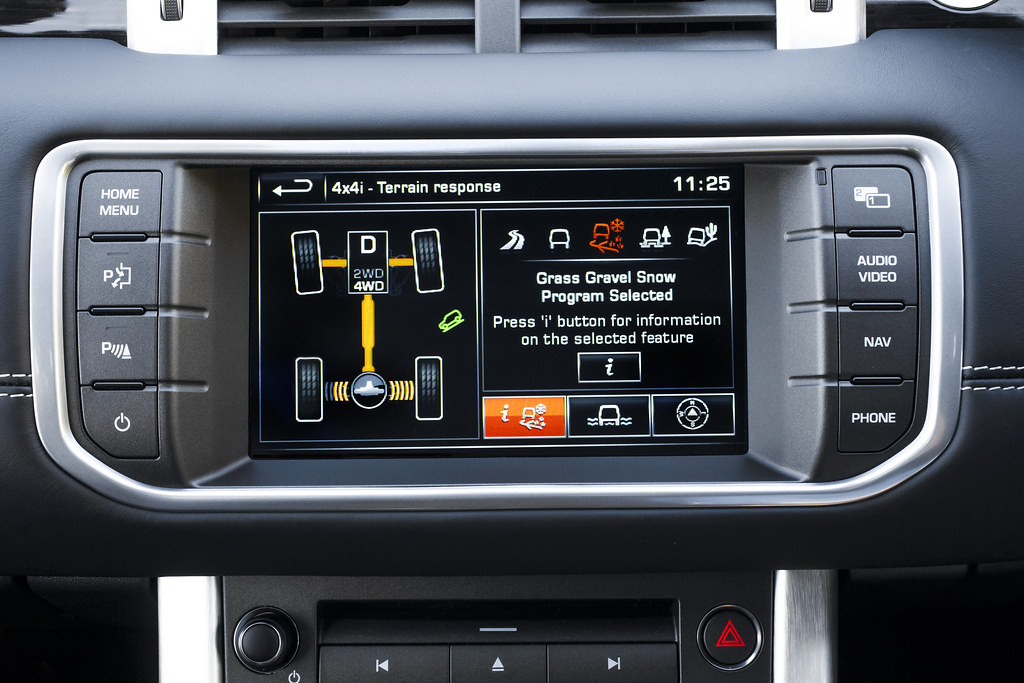
3. **The Impact of Advanced In-Car Technology**
Advancements in in-car technology have emerged as a significant determinant in consumer purchasing decisions, further contributing to the escalating preference for SUVs and crossovers over sedans. The modern automotive market is characterized by a strong demand for sophisticated technological features, and this appetite has played a pivotal role in the ongoing market transition. Vehicles that can seamlessly integrate cutting-edge tech naturally gain a competitive edge.
SUVs and crossovers are frequently regarded as superior platforms for the incorporation of advanced technology, largely due to their more substantial dimensions. Their larger interiors provide ample space for more extensive infotainment systems, larger touchscreens, and a wider array of safety enhancements. This physical capacity allows for a more comprehensive and immersive technological experience that smaller sedans find challenging to match.
Many contemporary SUVs and crossovers come standard with an impressive suite of features, including high-resolution touchscreens, intuitive voice recognition systems, built-in Wi-Fi hotspots, and seamless smartphone integration capabilities. These advanced functionalities significantly augment the appeal of SUVs and crossovers, contributing directly to the observed decline in sedan sales. In this technologically driven era, the ability to offer a robust tech package is a critical differentiator.
Consequently, technology has played a crucial and accelerating role in the market’s pivot away from sedans. As consumers increasingly prioritize connectivity, digital convenience, and advanced driver-assistance systems, vehicles that can deliver these experiences most effectively will continue to attract buyers. The inherent design advantages of SUVs and crossovers position them favorably in this technologically evolving landscape, making them the preferred choice for many modern car shoppers.
Read more about: The $20,000 Mistakes: 10 Sedans Drivers Regretted Buying Before Leaving the Lot
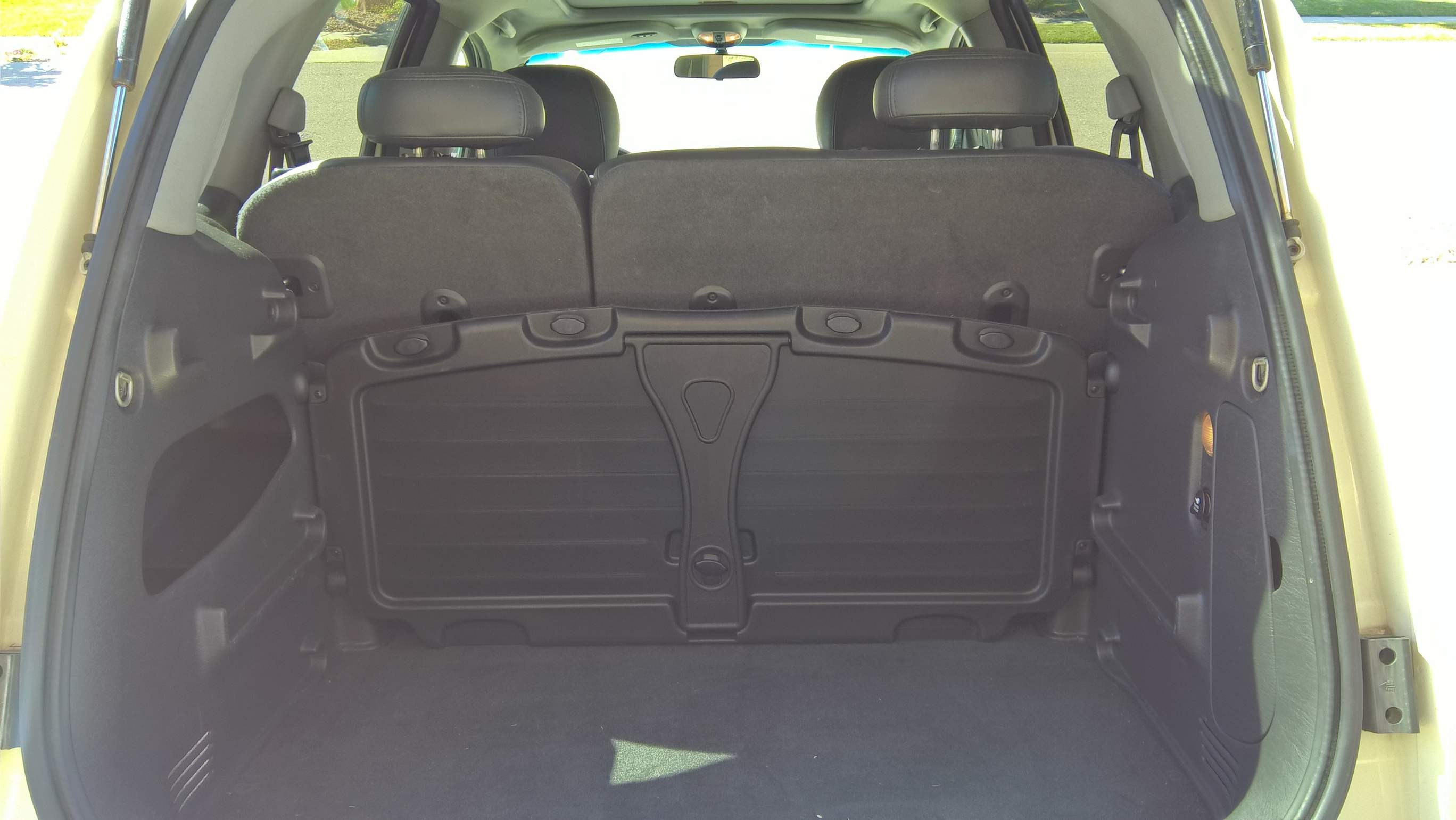
4. **Versatility: Spacious Interiors and Expanded Cargo Capacity**
When the metric is versatility, SUVs and crossovers present a distinct and compelling advantage over traditional sedans. Their expansive interiors are engineered to comfortably accommodate a greater number of passengers, frequently up to seven or eight, rendering them an optimal selection for families and larger groups. This capacity for extensive passenger conveyance is a primary draw for segments of the market prioritizing communal travel.
A significant feature enhancing the utility of many SUVs and crossovers is the incorporation of foldable seats. This design innovation allows for a dramatic expansion of cargo capacity, transforming the vehicle’s interior to accommodate bulky items that would be impossible to transport in a sedan. This adaptability for both passenger and cargo needs solidifies their position as multi-purpose vehicles, capable of meeting a broader range of practical demands.
In stark contrast, sedans are inherently limited in their storage capabilities. Their design prioritizes a defined trunk space, which, while sufficient for routine errands and smaller luggage, restricts their ability to carry larger items such as sports equipment, moving boxes, or extensive camping gear. This fundamental limitation impacts their utility for active lifestyles or family requirements that necessitate substantial hauling capacity.
This disparity in internal volume and cargo flexibility is a critical determinant in consumer purchasing decisions. For families seeking a single vehicle to manage daily commuting, school drop-offs, grocery runs, and weekend adventures, the inherent spaciousness and adaptable cargo solutions offered by SUVs and crossovers provide an undeniable appeal. The practical advantages of superior interior space and cargo versatility squarely place sedans at a competitive disadvantage in today’s market.
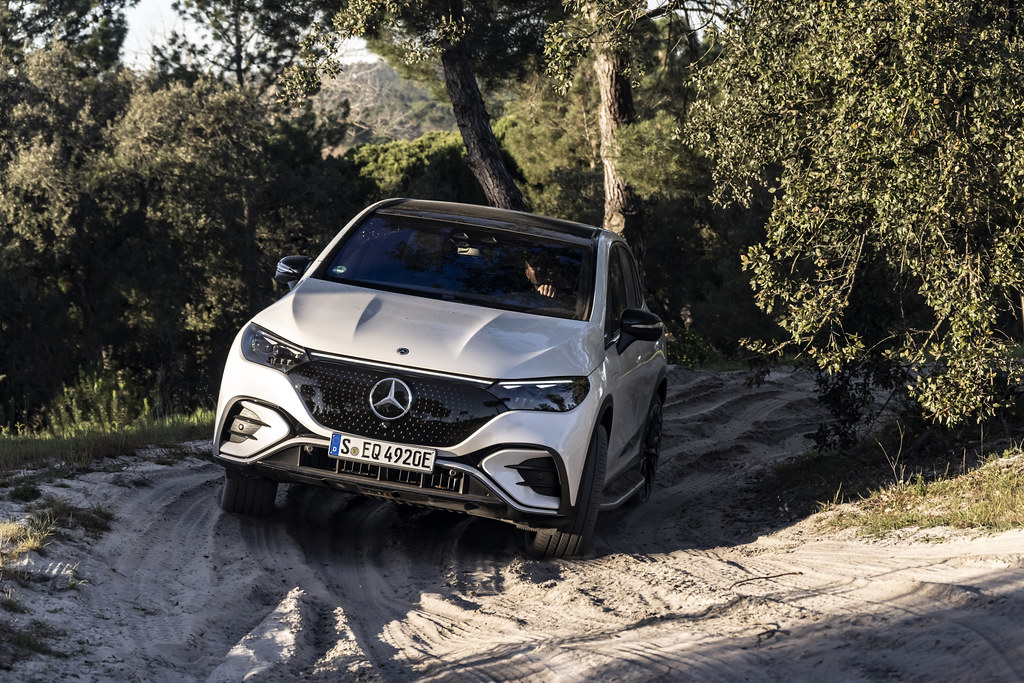
5. **Enhanced Practicality: Higher Ground Clearance and All-Wheel Drive**
Beyond interior space, SUVs and crossovers boast a practical advantage in their elevated ground clearance, making them inherently better suited for a wider array of driving conditions than sedans. This increased distance from the road surface minimizes the risk of undercarriage damage when navigating uneven terrain, speed bumps, or challenging road imperfections, contributing to both vehicle longevity and driver peace of mind.
Furthermore, a substantial number of these vehicles are equipped with all-wheel drive (AWD) or four-wheel drive (4WD systems). These advanced drivetrain configurations provide significantly enhanced traction and stability, particularly beneficial on wet, snowy, icy, or rough terrain. The capability to confidently traverse adverse weather conditions or unpaved roads positions SUVs and crossovers as more robust and reliable options for year-round utility and varied environments.
Sedans, conversely, are characterized by their lower ride height, a design choice optimized for city and highway driving. Their construction is not engineered for off-road excursions or navigating deeply rutted paths; rather, it focuses on aerodynamic efficiency and a lower center of gravity for improved handling on paved surfaces. This specialization, while beneficial in certain contexts, inherently limits their versatility when drivers encounter less-than-ideal road conditions or desire adventurous travel.
The appeal of higher ground clearance and advanced traction systems taps into consumer desires for greater control, perceived safety, and expanded utility across diverse driving scenarios. Whether it’s confronting winter weather, navigating unpaved driveways, or embarking on light off-road adventures, the enhanced practicality offered by SUVs and crossovers represents a compelling reason for many buyers to gravitate away from the more constrained capabilities of traditional sedans.
Read more about: Gone But Not Forgotten: 14 Beloved Cars That Vanished Unexpectedly from Production
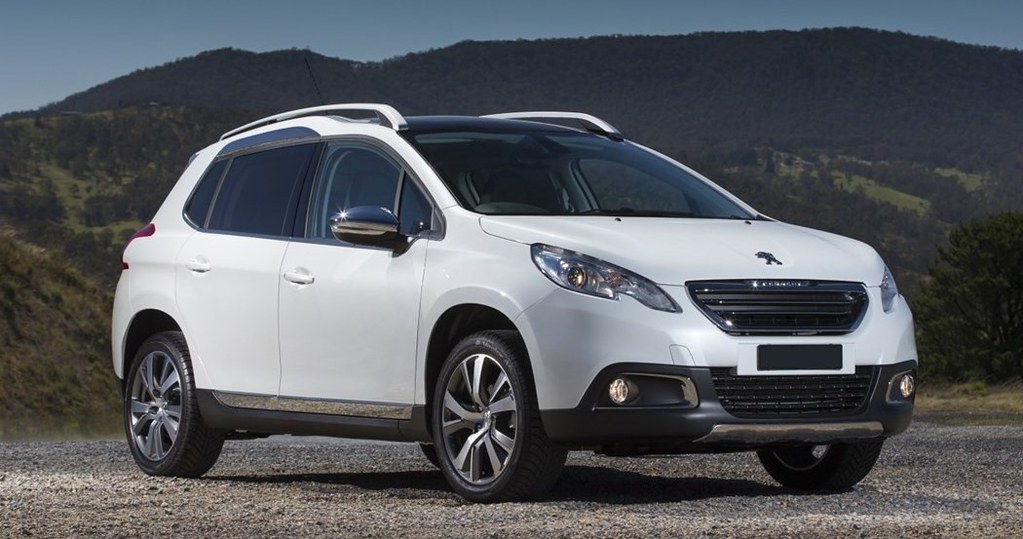
6. **Superior Safety Features in Larger Vehicles**
One of the most compelling factors contributing to the migration away from sedans is the perception and reality of enhanced safety features found in SUVs and crossovers. These vehicles typically possess larger dimensions and greater mass compared to sedans, attributes that are widely understood to offer superior protection to occupants in the unfortunate event of a collision. The fundamental physics of mass and size often dictate outcomes in vehicle impacts.
The elevated ground clearance inherent in SUVs and crossovers also plays a role in safety, not only by minimizing undercarriage damage but also by reducing the risk of rollovers in certain scenarios, despite their higher center of gravity. This combination of increased bulk and specific design characteristics contributes to a general perception of greater robustness and survivability, which resonates strongly with safety-conscious consumers, particularly those with families.
Moreover, the trend in the automotive industry sees SUVs and crossovers frequently integrating advanced safety technologies at a higher rate than sedans. Features such as blind-spot monitoring, lane departure warnings, adaptive cruise control, and automatic emergency braking are often standard or more readily available in these larger platforms. These sophisticated systems are designed to augment driver awareness, mitigate risks, and enhance overall vehicle safety.
The higher seating position characteristic of SUVs and crossovers further improves driver visibility, offering a commanding view of the road ahead. This elevated vantage point allows drivers to better anticipate potential hazards, observe traffic patterns more effectively, and react accordingly to unfolding situations. This enhanced visibility, combined with robust construction and advanced technological aids, positions larger vehicles as a preferred choice for consumers prioritizing safety above all else.
Read more about: The 8 Most High-Tech Luxury Cars in the Market Right Now: What Tech Blogs and Feature Lists Reveal for Gadget Enthusiasts.
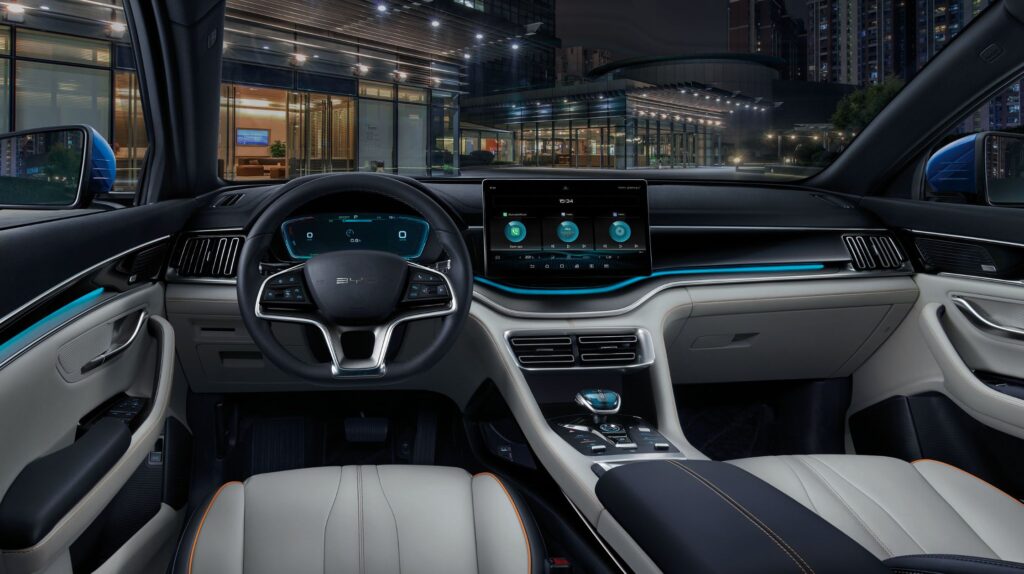
7. **Performance and Fuel Efficiency Trade-offs**
In the realm of automotive performance, SUVs and crossovers generally feature larger and more powerful engines than sedans, providing them with superior towing and hauling capabilities. Engines in these vehicles can range significantly, from 2.0 liters to 6.0 liters or more, generating substantial horsepower that makes them suitable for towing heavy loads like boats or trailers. Some high-performance SUVs even offer V8 engines, catering to those who prioritize raw power and speed.
However, this emphasis on power and size often comes with a trade-off in fuel efficiency, where sedans traditionally hold a distinct advantage. Sedans, with their smaller size, lighter weight, and aerodynamic designs, inherently contribute to better fuel economy. It is common for sedans to achieve fuel efficiency exceeding 30 miles per gallon on highways, a benchmark often difficult for larger SUVs and crossovers to match, despite advancements.
The design philosophy of sedans prioritizes reducing wind resistance and improving overall efficiency through their sleeker profiles. While SUVs and crossovers have made strides in fuel consumption with the introduction of hybrid and electric options, sedans typically remain the more fuel-efficient choice in their conventional gasoline-powered forms. This consideration is particularly relevant for buyers whose primary driving involves daily commutes or long-distance highway travel where fuel costs are a significant factor.
Ultimately, the choice between sedans and larger vehicles often hinges on a fundamental trade-off between power, towing capacity, and fuel efficiency. Consumers requiring significant hauling capabilities or a more commanding presence on the road may lean towards SUVs and crossovers, accepting a potentially higher fuel expenditure. Conversely, those prioritizing lower operating costs and a more economical daily drive will find the inherent fuel efficiency of sedans to be a compelling, though increasingly niche, advantage.
The automotive market’s profound shift from sedans to utility vehicles extends far beyond mere functional preferences; it is deeply interwoven with compelling economic imperatives, strategic automaker decisions, and a nuanced evolution in consumer psychology and cultural values. This second section will delve into these underlying forces, dissecting why manufacturers have largely abandoned the sedan segment and how consumers’ perceptions of value and identity have redefined the landscape of personal transportation.
Read more about: The 12 Most Boring Crossovers in the Market Right Now: What Critics and Performance Specs Reveal for Enthusiasts.

8. **The ‘More Car for the Money’ Mentality**
A significant driver behind the migration from sedans is a pragmatic consumer perception: the idea of getting “more car for the money.” For a vast segment of the American public, a vehicle primarily serves a utilitarian purpose—transportation for work, groceries, and daily errands. In this mindset, practicality and perceived value often eclipse specific driving characteristics or brand heritage.
Consider the competitive positioning within Chevrolet’s lineup. The 2024 Chevy Malibu, a traditional sedan, is priced at $25,100 with an advertised cargo capacity of 15.7 cubic feet. In stark contrast, the 2024 Chevy Equinox, a crossover SUV, carries a slightly higher base MSRP of $26,600. However, for this marginal increase in price, the Equinox delivers a maximum cargo room of 63.9 cubic feet—a vastly superior utility proposition.
This comparative analysis illustrates a critical decision point for the average, non-enthusiast buyer. The Equinox, by offering substantially more space and versatility for a modest additional investment, becomes an almost unequivocal choice. It is seen as inherently “more car” for the financial outlay, directly aligning with the practical needs and perceived future usage patterns of a typical household.
The same economic calculus applied to Ford’s historical offerings. In 2018, the Ford Focus sedan, with a base MSRP of $17,950 and 13.2 cubic feet of cargo space, competed against the Ford Escape SUV, priced at $23,940 with a maximum of 68 cubic feet of storage. While the Focus might have appealed to those prioritizing driving dynamics or a manual transmission, the Escape’s superior cargo capacity solidified its value proposition as a more versatile and practical investment for the money.
Read more about: The Streaming Wars Are Over: Unpacking the Bundle Economy, M&A Reshaping Hollywood, and the Future of Digital Entertainment
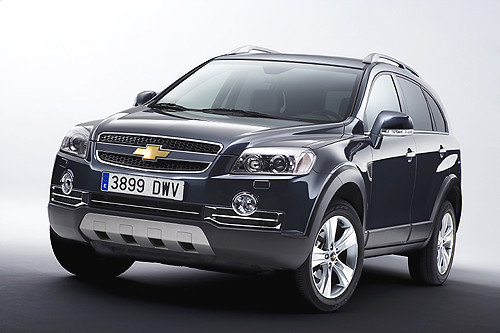
9. **Manufacturer Profitability and Strategic Priorities**
At the core of any automotive manufacturer’s strategy lies profitability, a fundamental metric that dictates investment, production allocation, and ultimately, a vehicle’s longevity in the market. While consumer demand is paramount, the financial viability of producing specific models plays an equally critical role in shaping product portfolios.
Industry experts, such as Pat Ryan, CEO of CoPilot, confirm that “Automakers like selling SUVs because they’re more profitable than traditional cars.” This higher profitability margin for larger vehicles provides a compelling incentive. During periods of constraint, such as the supply-chain issues experienced during the COVID-19 pandemic, manufacturers naturally prioritized these higher-margin products to maximize revenue and operational efficiency.
The sales figures from major manufacturers vividly underscore this dynamic. General Motors, for instance, reported selling 2.6 million vehicles across all its brands last year. Of that substantial number, over 1.8 million were SUVs and trucks. In sharp contrast, only approximately 130,000 Malibus were sold in 2023, representing a mere five percent of GM’s total sales volume.
This stark disparity clearly demonstrates why allocating significant time, money, and effort to vehicles that account for such a minimal fraction of overall sales becomes fiscally unsustainable. From a business perspective, continuing to develop and market a sedan with such low contribution to the bottom line simply “wouldn’t make fiscal sense.”
Furthermore, this strategic shift aligns with broader industry transformations, particularly the accelerating push towards electric vehicles (EVs). Factory space and engineering resources previously dedicated to internal combustion engine sedans are being repurposed for the development and production of next-generation EVs, such as those built on GM’s Ultium platform. This strategic reallocation ensures automakers remain competitive in emerging markets while shedding less profitable legacy segments.
Read more about: The Pedestal Cracks: Unveiling 10 Deep Flaws in Automotive Visionaries and Industry Evolution

10. **The Phasing Out of Sedan Models**
The current automotive landscape in the United States is marked by a clear and decisive trend: American auto manufacturers have “virtually abandoned the sedan market.” This is not a slow, organic decline in production but a deliberate strategic pivot, most notably by the Big Three—General Motors, Ford, and Chrysler (now part of Stellantis)—to reorient their product lineups.
General Motors, for example, initiated a systematic, albeit somewhat gradual, process of discontinuing its sedan models. Over several years, vehicles such as the Impala, Malibu, Cruze, Sonic, and various Buick sedans were phased out of production. This strategic move was often directly tied to GM’s aggressive push into electric vehicles, allowing factory capacity to be reallocated for the production of new EV models and platforms, with the Chevy Volt also becoming a casualty of this transition.
Ford adopted an even more abrupt strategy. In 2018, the company made a sweeping announcement to overhaul its entire lineup, decisively shifting focus to SUVs and trucks. This resulted in the swift discontinuation of iconic sedan models like the Focus, Fiesta, and Taurus within a few months of each other. Today, Ford’s only remaining “traditional” car offering is the Mustang, signifying a near-complete exit from the sedan segment.
The narrative for Chrysler, under the Stellantis umbrella, followed a similar trajectory, albeit with fewer models to begin with. The Chrysler 300 and Dodge Charger were the primary sedan offerings in recent years for its brands. These vehicles, which had been riding on older platforms for an extended period, were also ultimately phased out, bringing an end to an era of large American sedans.
By the end of 2024, Cadillac will stand as the sole member of the original Big Three still offering a conventional four-door sedan. This comprehensive phasing out of models across America’s largest automakers is a testament to how deeply entrenched the shift away from sedans has become, reflecting market realities and strategic business imperatives rather than mere chance.
Read more about: Regulatory Headwinds and Market Shifts: The Uncertain Future of the American V8 Muscle Car

11. **Unwavering Customer Demand for Larger Vehicles**
The automotive market is ultimately shaped by the preferences and purchasing habits of consumers. In the United States, an “unstoppable tide of customer demand” has unequivocally favored larger vehicles, rendering sedans increasingly less relevant for the majority of buyers. This fundamental shift in consumer preference is clearly reflected in sales data.
Statistics reveal a stark reality: in recent years, SUVs and trucks have constituted “over 75% of all new vehicle sales in the U.S.” This commanding market share is not a passing fad but a sustained trend, demonstrating a broad consensus among American car buyers about what they seek in a new vehicle. This extensive adoption signals a profound evolution in consumer priorities.
Americans are now consistently “demanding more space, utility, and capability” from their vehicles. The contemporary lifestyle often necessitates a vehicle that can comfortably accommodate families, transport sports equipment or camping gear, and handle diverse road conditions. These practical requirements are inherently better met by the design and features of SUVs and trucks.
The market’s response to this demand has been robust, with the “burgeoning SUV market… continuing to grow more crowded.” Consumers today can choose from “more than six dozen SUV models,” indicating that manufacturers are actively responding to what buyers want. This extensive array of choices further validates and facilitates the ongoing dominance of the segment.
This powerful, unwavering customer demand has forced automakers to adapt their strategies, even those initially resistant to the shift. It underscores that the decline of sedans is not an arbitrary corporate decision, but a direct consequence of a fundamental reorientation in what the mass market prioritizes and is willing to purchase, making arguments against this tide increasingly moot.
Read more about: 14 Enduring SUVs: The Ultimate Guide to Vehicles That Last Decades and Deliver Exceptional Value

12. **Vehicle-as-Identity Psychology**
Beyond practical considerations, vehicle choice in modern America is often deeply intertwined with personal identity and self-perception. A car is frequently an extension of one’s persona, a statement about lifestyle and aspirations, a phenomenon that SUVs and trucks have capitalized on far more effectively than sedans in recent years.
The psychological appeal of driving a “lifted truck or a full-size SUV conveys confidence, independence, and strength.” These vehicles possess a commanding presence, “stand tall, command attention, and offer a sense of safety and dominance on the road.” This resonates powerfully with many American consumers who equate their vehicle choice with an empowered self-image.
This phenomenon is supported by the context that “shoppers increasingly prioritize versatility, safety, performance, and even personal identity” when making vehicle decisions. Automakers have keenly observed and responded to this shift, designing vehicles that reflect “what buyers genuinely desire: freedom, capability, and a reinforced sense of self.” The marketing narratives around SUVs and trucks frequently lean into these themes.
Cultural and lifestyle trends further reinforce this identity connection. SUVs and trucks are routinely “woven into the fabric of American culture,” often depicted in advertisements and popular media as integral to outdoor adventures, active family life, and capable functionality. In contrast, traditional sedans often “feel stuck in the past,” failing to evoke the same aspirational self-image for a broad segment of contemporary buyers.
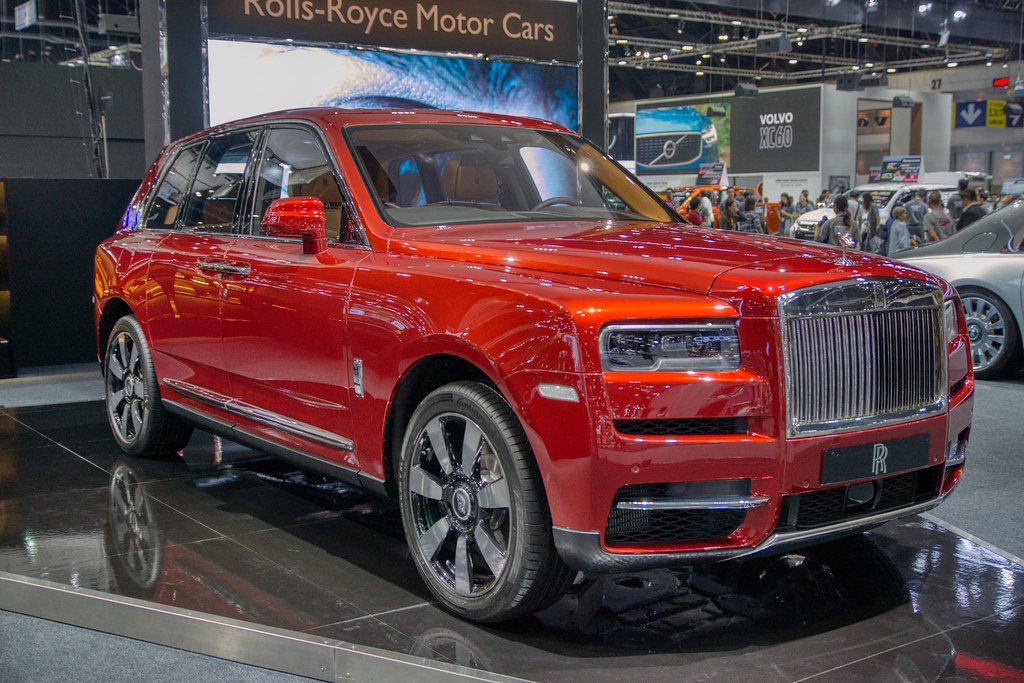
13. **Broader Cultural Factors: The ‘Bigger is Better’ Mentality**
The ascendancy of SUVs and trucks is also rooted in broader American cultural inclinations, particularly a long-standing “bigger is better” mentality. This societal psychology, which extends to preferences for larger homes and possessions, profoundly influences automotive purchasing decisions.
This cultural preference translates directly into consumer desires for vehicles with greater physical presence. Americans today “want more height, cargo space and legroom.” This desire for increased interior volume and a commanding view of the road is so strong that consumers are often “willing to compromise on mileage, price and handling for the extra space,” illustrating the power of this deeply ingrained cultural value.
The reclassification of vehicles within the consumer lexicon further exemplifies this shift. When contemporary shoppers refer to buying a new “car” in 2024, they are “often actually meaning shopping for an SUV or a truck — technically not cars at all.” This linguistic and conceptual redefinition underscores the pervasive acceptance and normalization of larger vehicle types as the default.
Empirical data from sources like Edmunds corroborates this cultural embrace. Traditional cars now comprise a “mere 19% of the overall new vehicle market — a record low,” plummeting from 47% just a decade ago. Conversely, SUV market share has reached an “all-time high (58%),” a stark indicator of how significantly American preferences have evolved towards larger vehicles.
Ultimately, this cultural gravitation towards larger vehicles, combined with their practical advantages, has created a formidable market force. It has redefined consumer expectations and driven automakers to prioritize production segments that align with this prevailing ‘bigger is better’ ethos, fundamentally reshaping the very composition of the American automotive fleet.
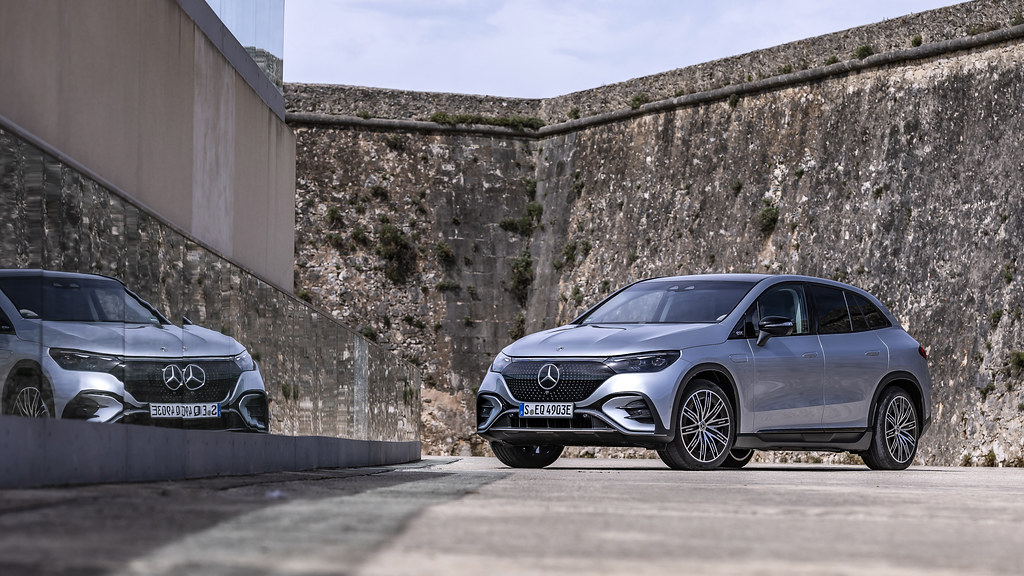
14. **The Enduring Niche for Sedans**
Despite the compelling evidence of their decline, it would be an oversimplification to declare that “sedans are dying.” While their once-dominant market share has undeniably shrunk, sedans continue to occupy a “crucial segment of the automotive industry” and are subject to ongoing development and enhancement by several manufacturers, particularly non-American brands.
For a specific demographic, notably “budget-conscious consumers,” sedans present a highly attractive proposition. They tend to be “significantly cheaper than SUVs and trucks,” both in initial purchase price and in “ongoing maintenance costs.” The availability of “well-maintained used sedan” models at a fraction of the cost of comparable SUVs makes them a compelling economic choice for those prioritizing fiscal prudence.
Furthermore, sedans retain inherent practical advantages for certain lifestyles. Their “affordability, efficiency, and unique driving experience” appeal to individuals or smaller families who do not require extensive cargo capacity or off-road capabilities. In urban environments, where parking is often constrained and fuel efficiency is paramount, the sedan’s compact footprint and economical operation remain a viable and sensible option.
Automakers continue to invest in improving sedan models, enhancing their engines, designs, and technological features. As electric vehicle technology progresses, there is also potential for a “new wave of sedans that combine the benefits of traditional sedans with the advancements of electric powertrains.” This could attract environmentally conscious consumers seeking efficient, technologically advanced alternatives to larger, more energy-intensive vehicles.
In conclusion, while sedans may never reclaim their historical market dominance, their legacy remains significant. They are poised to carve out a “sustainable niche” by appealing to buyers who prioritize fuel efficiency, refined performance, sleek aesthetics, and cost-effectiveness. This enduring appeal ensures sedans will persist as a valuable, albeit specialized, option in the ever-evolving automotive landscape.
Read more about: The $20,000 Mistakes: 10 Sedans Drivers Regretted Buying Before Leaving the Lot
The automotive market’s recalibration from sedans to larger vehicles is not a cyclical fluctuation but a a fundamental realignment driven by a confluence of economic imperatives, consumer psychology, and strategic automaker decisions. The empirical evidence of dwindling sedan sales and the sustained ascendancy of SUVs and trucks paints a clear picture of a market that has decisively evolved. While the once-ubiquitous sedan may never reclaim its prior dominance, its enduring attributes of efficiency and focused design will likely ensure its continued, albeit specialized, presence for discerning buyers. The journey through this market transformation reveals not merely a change in preferred vehicle types, but a profound shift in how American consumers perceive value, utility, and identity on the road, permanently reshaping the landscape of personal transportation.

